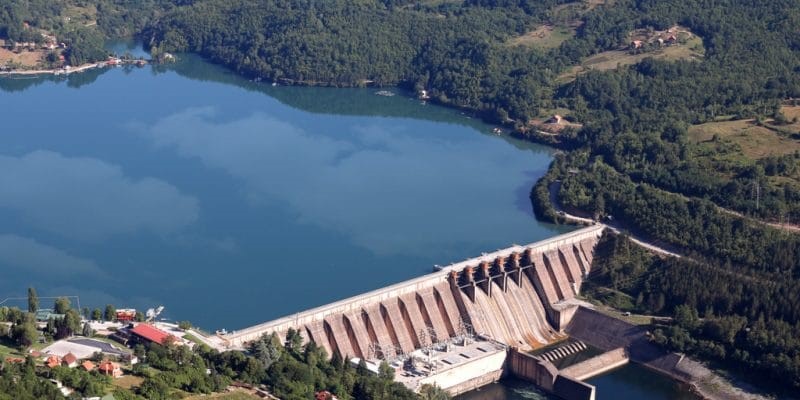Zimbabwe and Zambia are ramping up efforts to revive the long-stalled $5 billion Batoka Gorge hydropower project by exploring a controversial plan to divert water from the Democratic Republic of Congo (DRC) to stabilize Zambezi River flows.
The Zambezi River Authority (ZRA), which jointly manages the Kariba Dam for both countries, has established a dedicated team to engage investors for the 2,400-megawatt project, said ZRA CEO Munyaradzi Munodawafa.
“We are targeting a 12 to 18-month timeline for resource mobilization, depending on investor appetite, market conditions, and continued government backing from both Zimbabwe and Zambia,” Munodawafa stated.
Originally set to begin construction in 2020, the project was delayed by the COVID-19 pandemic and financing obstacles. In 2023, Zambia cancelled a previous contract awarded in 2019 to General Electric and China’s Power Construction Corporation, citing procurement irregularities. Both countries now plan to appoint new developers by September 2025.
Financial constraints remain a major hurdle. Zimbabwe is contending with a $21 billion national debt, while Zambia remains in sovereign default and is still negotiating debt restructuring, five years after its initial default.
As part of broader plans to boost energy reliability, the two nations are also considering an ambitious Congo River diversion project. The proposal involves redirecting up to 16 billion cubic meters of water annually to replenish Lake Kariba, the world’s largest man-made reservoir, which has suffered from declining inflows due to repeated El Niño-driven droughts.
While the plan could stabilize power generation, it presents major technical, environmental, and geopolitical challenges. Pumping water uphill across challenging terrain would require vast infrastructure and energy investment. In addition, ecological concerns and sensitivities surrounding Congo River usage could further complicate implementation.
Lake Kariba currently supplies nearly half of all electricity used in both countries, but decreasing rainfall and repeated breaches of agreed water use limits have placed it under mounting strain.















